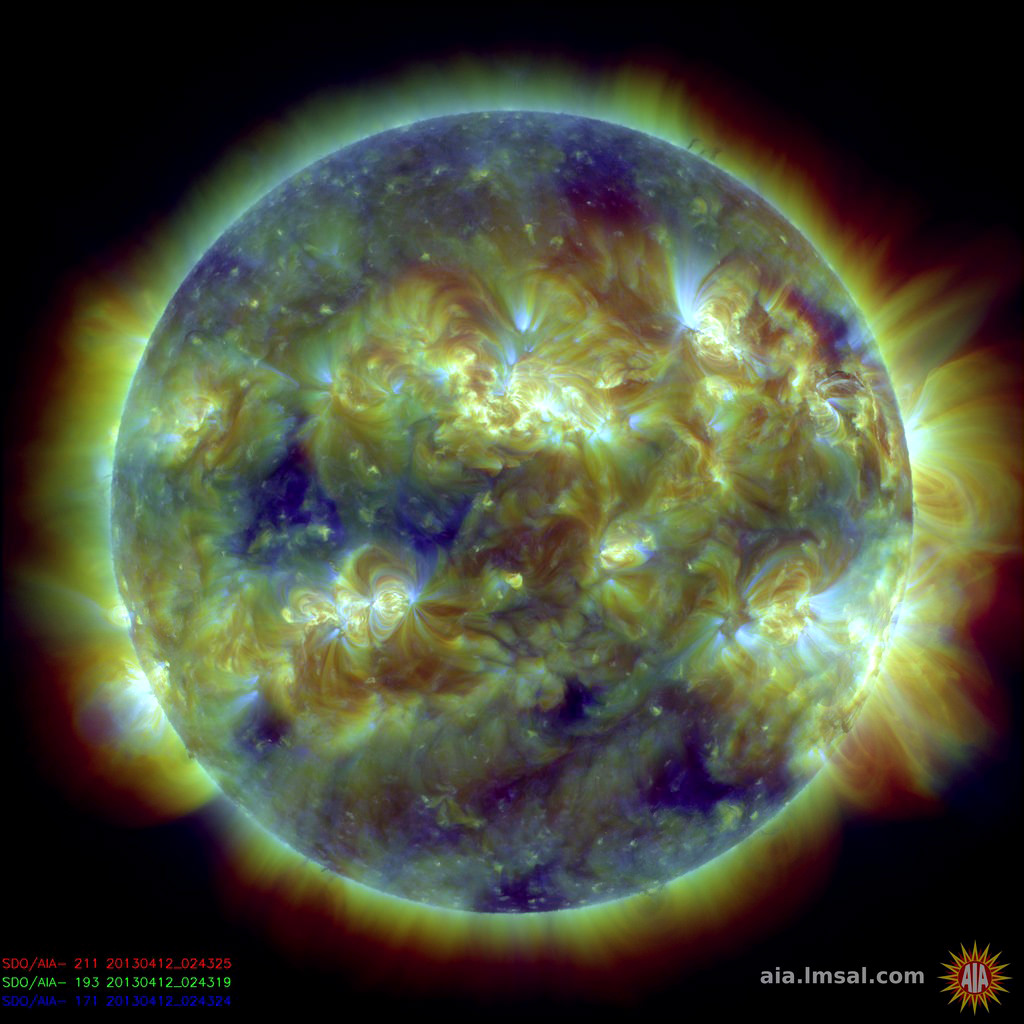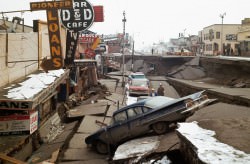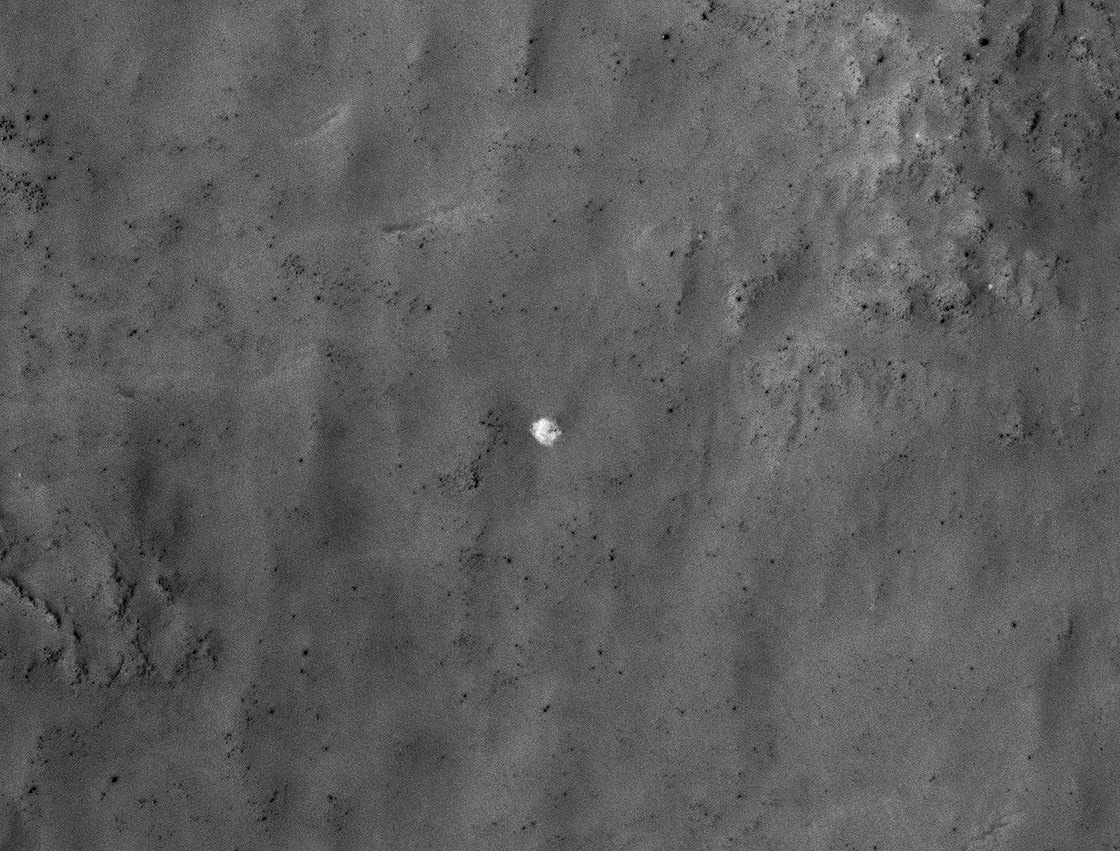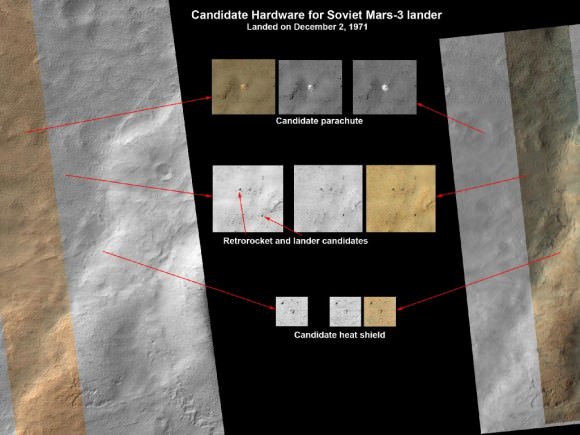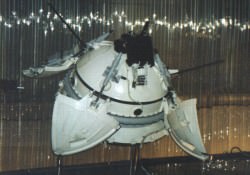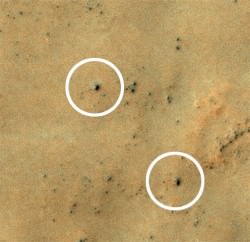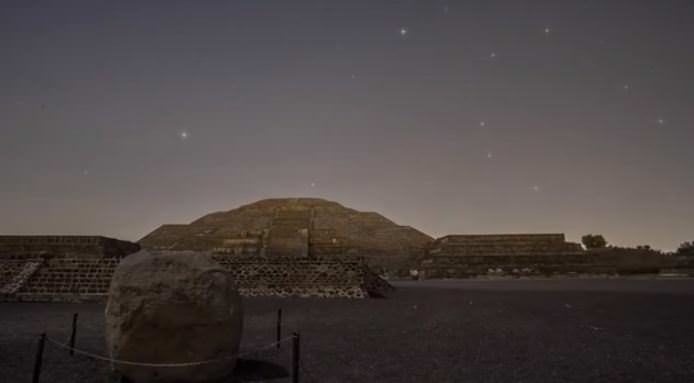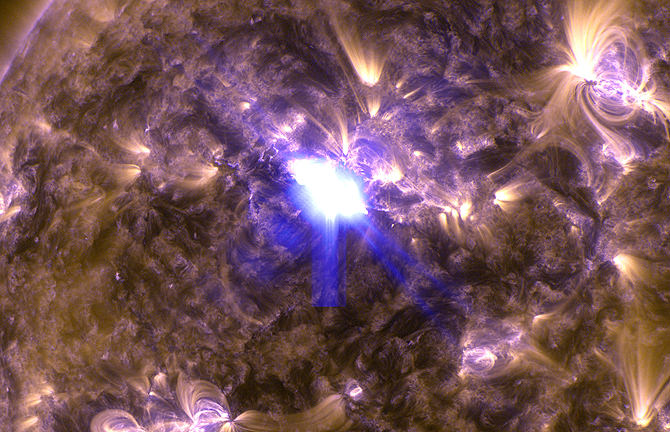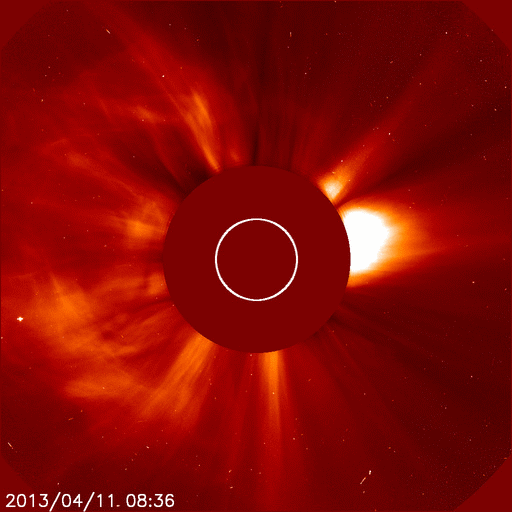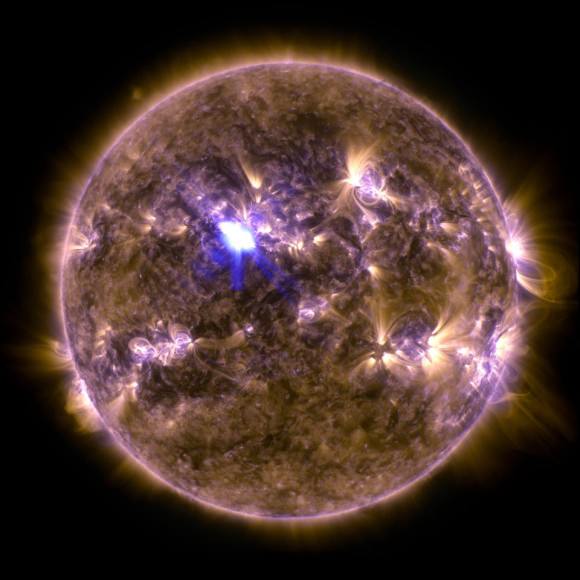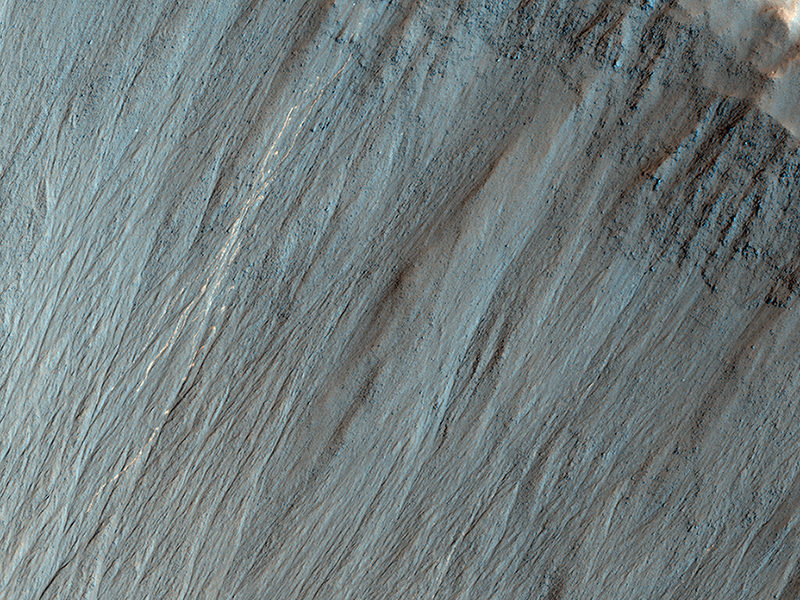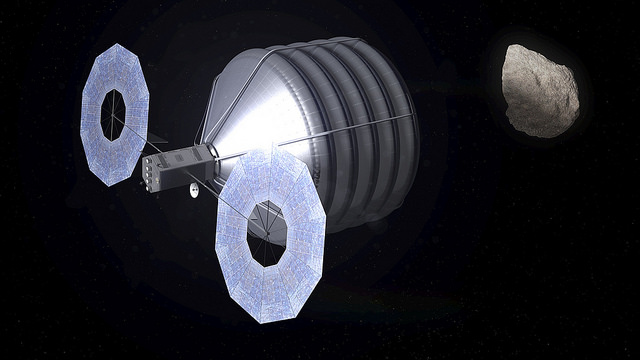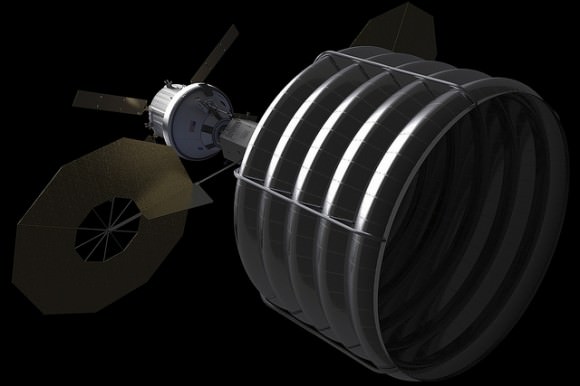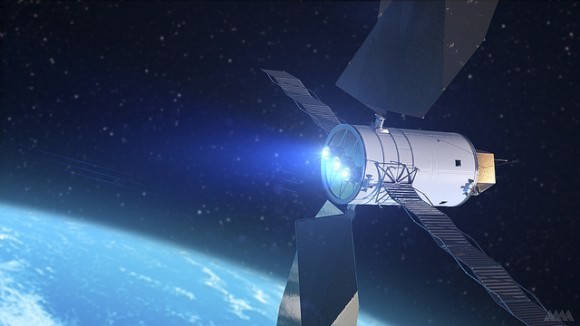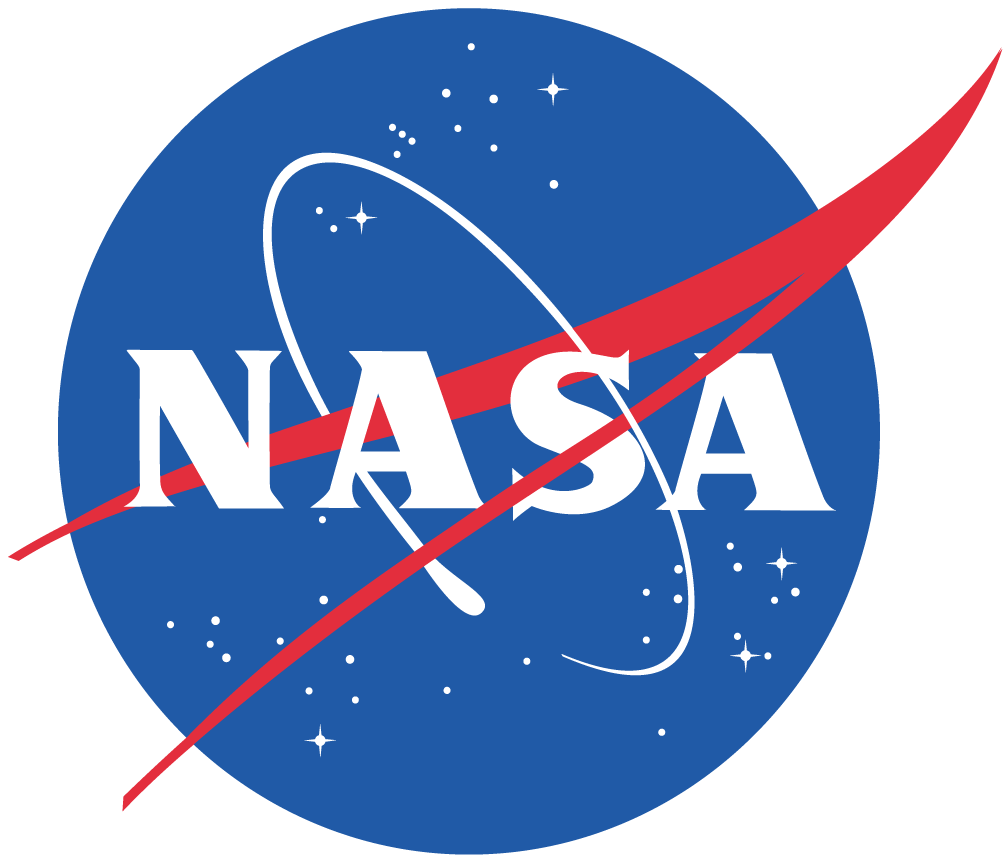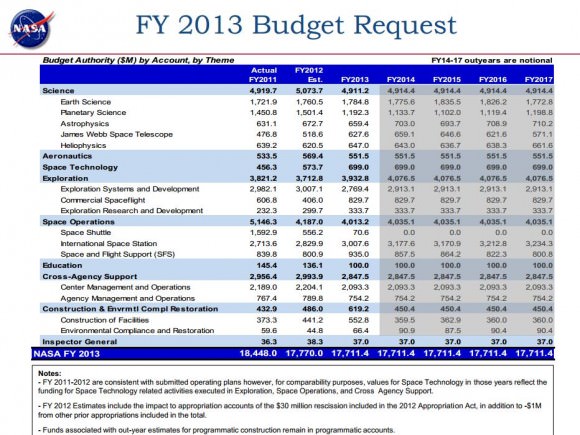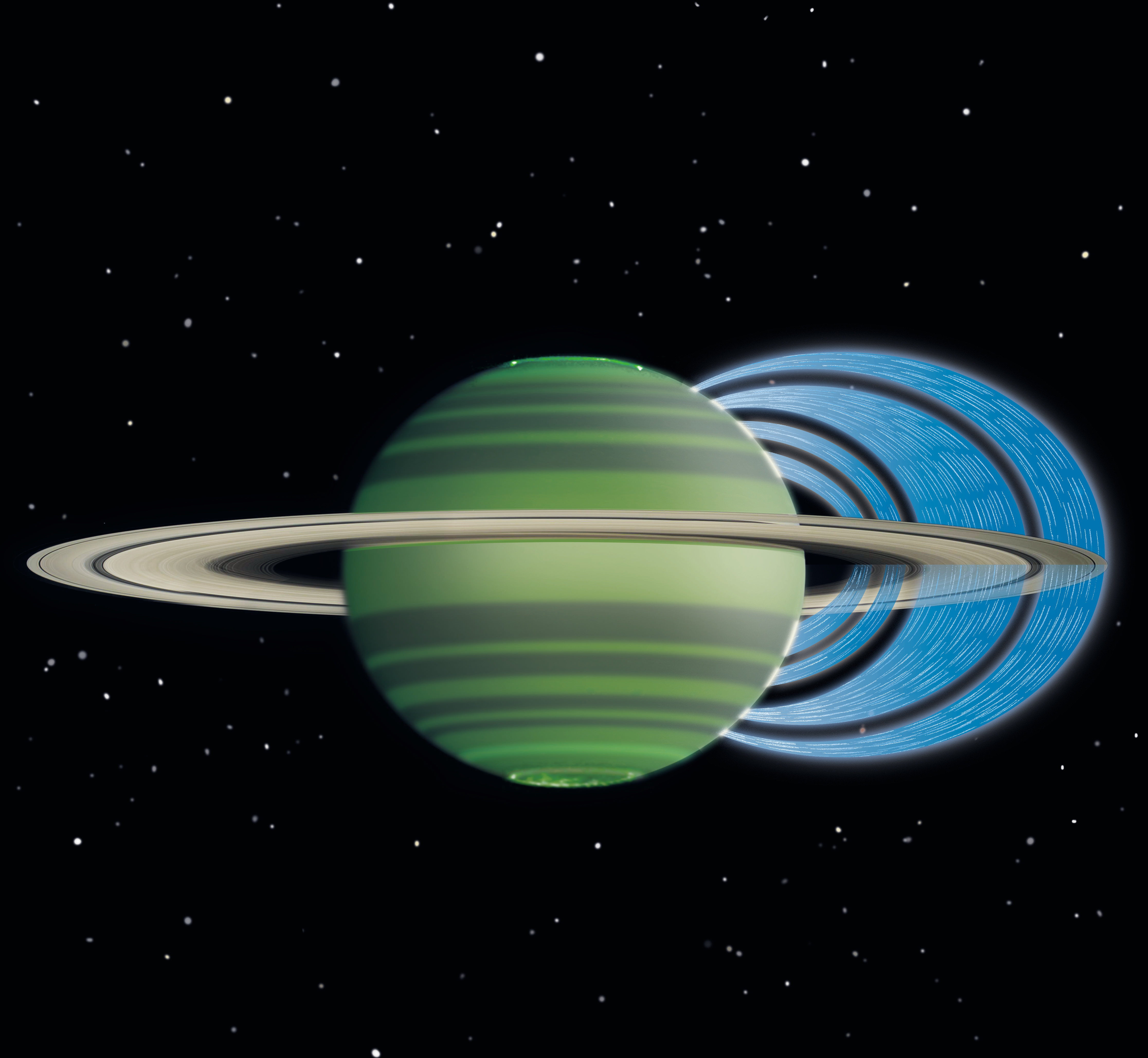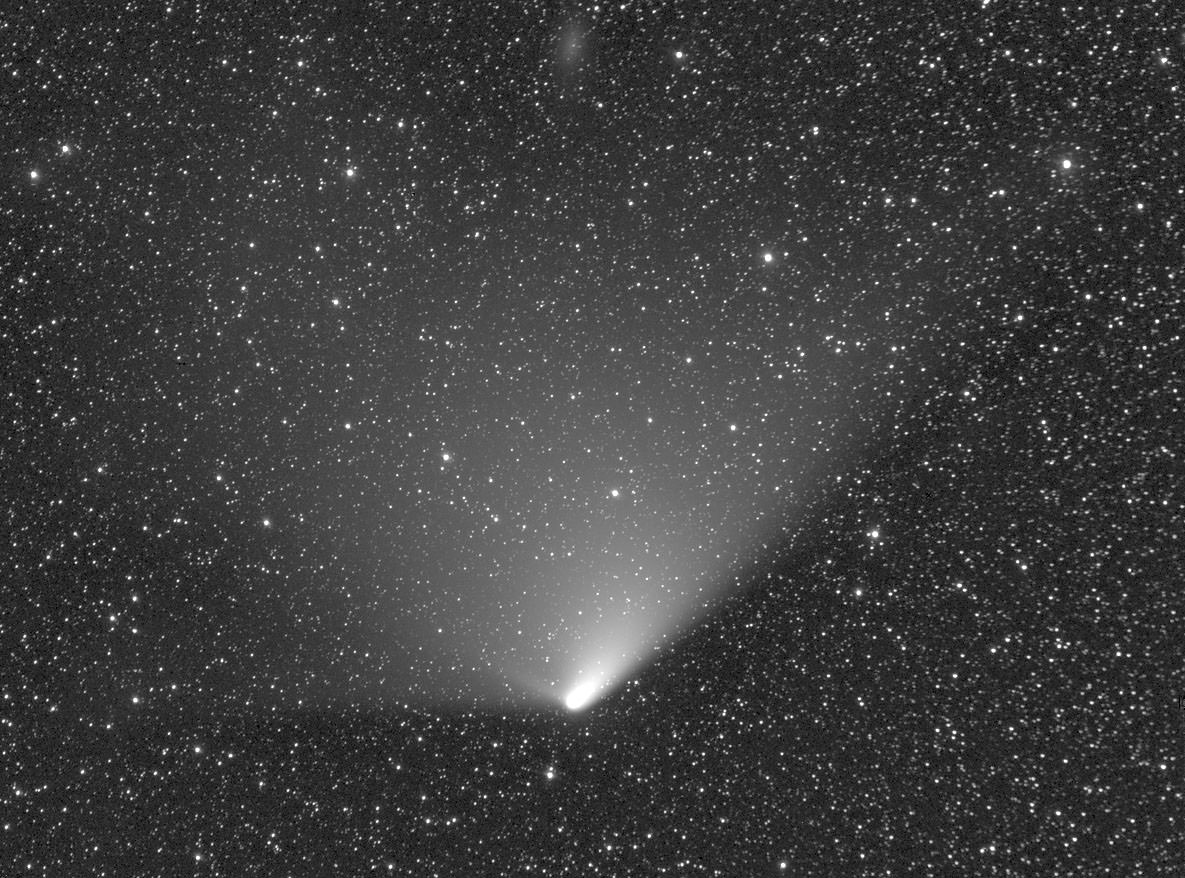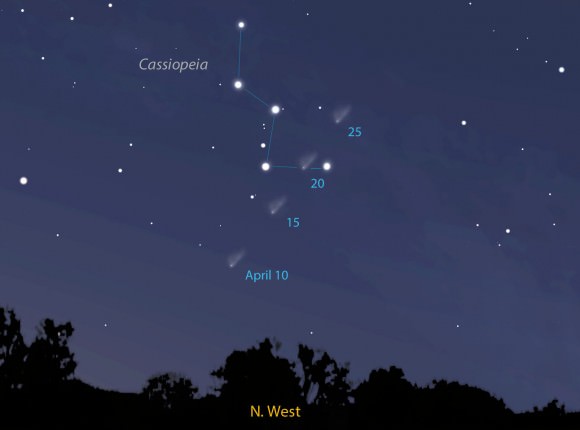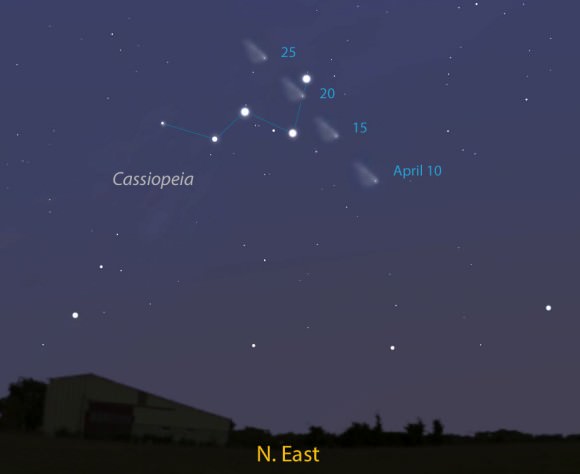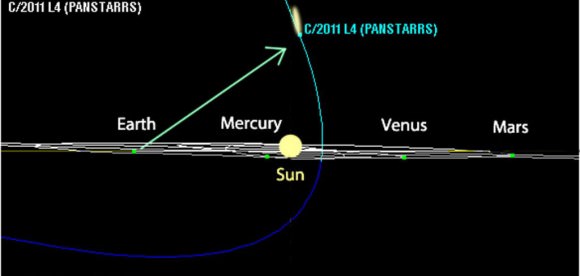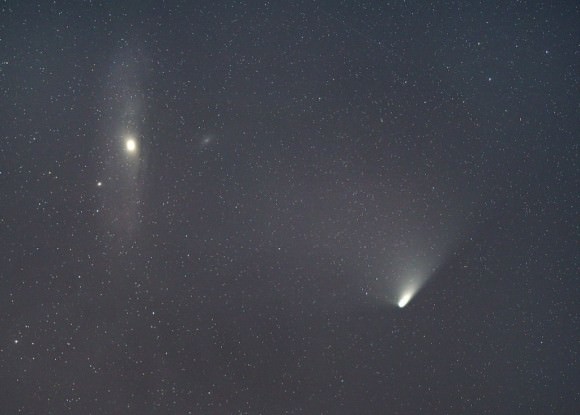With its 180 degree views of Earth and space, the ISS’s cupola is the perfect place for photography. But Austrian researchers want to use the unique and panoramic platform to test the limits of “spooky action at distance” in hopes of creating a new quantum communications network.
In a new study published April 9, 2012 in the New Journal of Physics, a group of Austrian researchers propose equipping the camera that is already aboard the ISS — the Nikon 400 mm NightPOD camera — with an optical receiver that would be key to performing the first-ever quantum optics experiment in space. The NightPOD camera faces the ground in the cupola and can track ground targets for up to 70 seconds allowing researchers to bounce a secret encryption key across longer distances than currently possible with optical fiber networks on Earth.
“During a few months a year, the ISS passes five to six times in a row in the correct orientation for us to do our experiments. We envision setting up the experiment for a whole week and therefore having more than enough links to the ISS available,” said co-author of the study Professor Rupert Ursin from the Austrian Academy of Sciences.
Albert Einstein first coined the phrase ‘spooky action at a distance’ during his philosophical battles with Neils Bohr in the 1930s to explain his frustration with the inadequacies of the new theory called quantum mechanics. Quantum mechanics explains actions on the tiniest scales in the domain of atoms and elemental particles. While classical physics explains motion, matter and energy on the level that we can see, 19th century scientists observed phenomena in both the macro and micro world that could not easily explained using classical physics.
In particular, Einstein was dissatisfied with the idea of entanglement. Entanglement occurs when two particles are so deeply connected that they share the same existence; meaning that they share the same mathematical relationships of position, spin, momentum and polarization. This could happen when two particles are created at the same point and instant in spacetime. Over time, as the two particles become widely separated in space, even by light-years, quantum mechanics suggests that a measurement of one would immediately impact the other. Einstein was quick to point out that this violated the universal speed limit set out by special relativity. It was this paradox Einstein referred to as spooky action.
CERN physicist John Bell partially resolved this mystery in 1964 by coming up with the idea of non-local phenomena. While entanglement allows one particle to be instantaneously influenced by its exact counterpart, the flow of classical information does not travel faster than light.
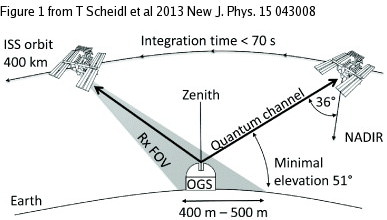
“According to quantum physics, entanglement is independent of distance. Our proposed Bell-type experiment will show that particles are entangled, over large distances — around 500 km — for the very first time in an experiment,” says Ursin. “Our experiments will also enable us to test potential effects gravity may have on quantum entanglement.”
The researchers point out that making the minor alteration to a camera already aboard the ISS will save time and money needed to build a series of satellites to test researchers’ ideas.


